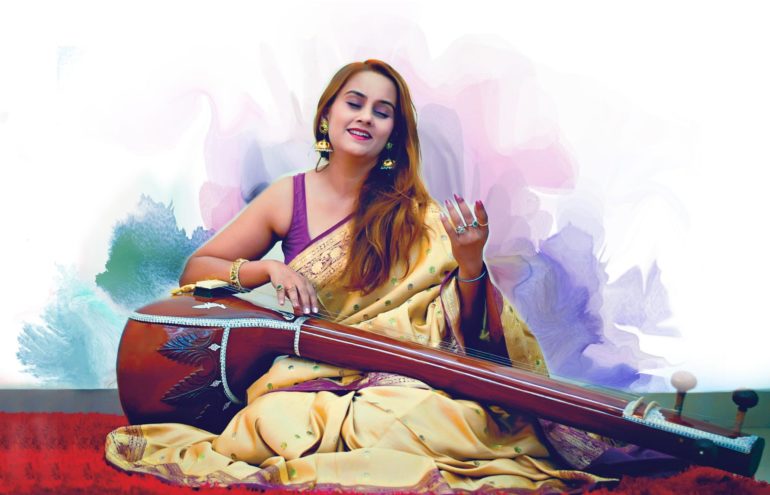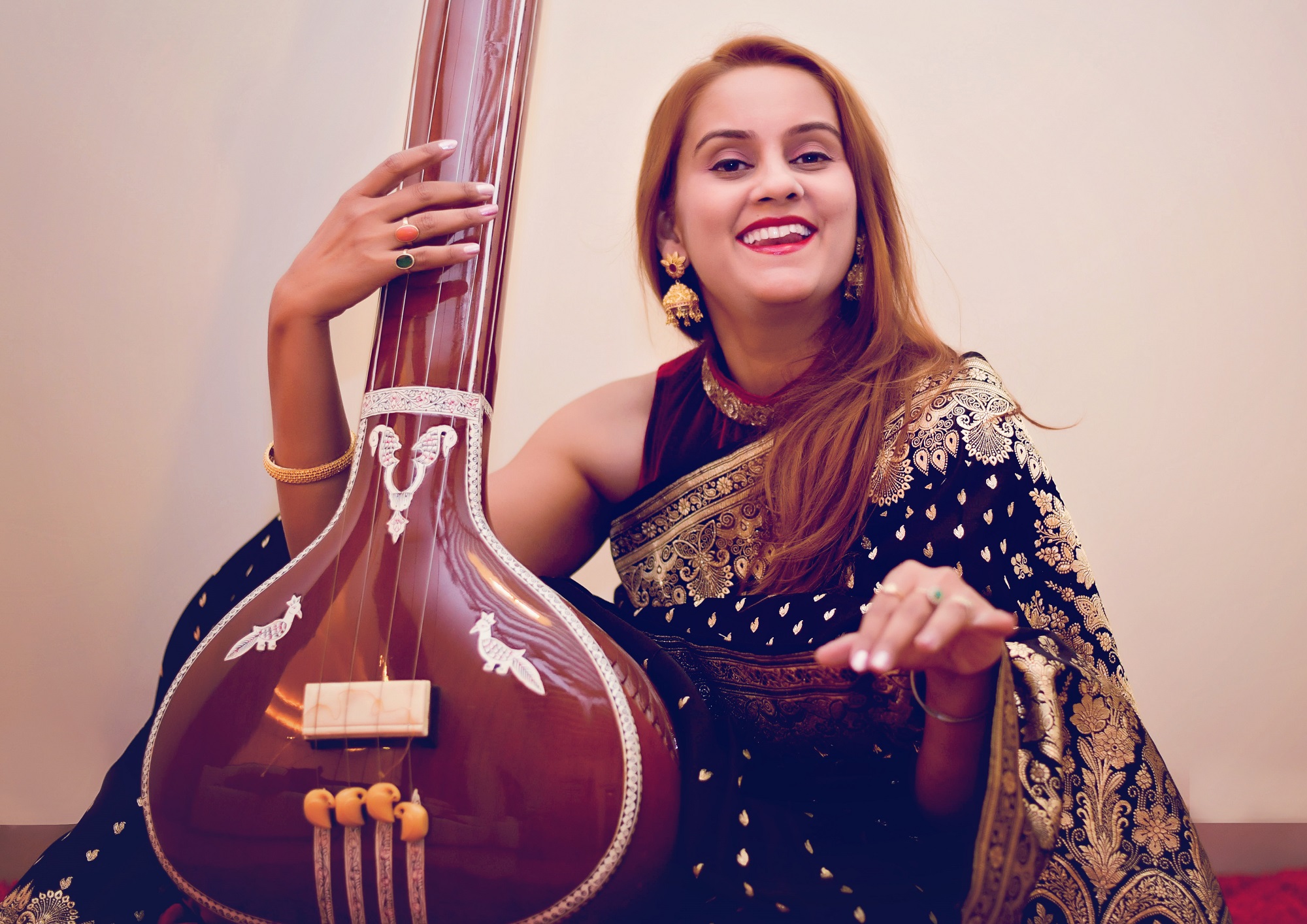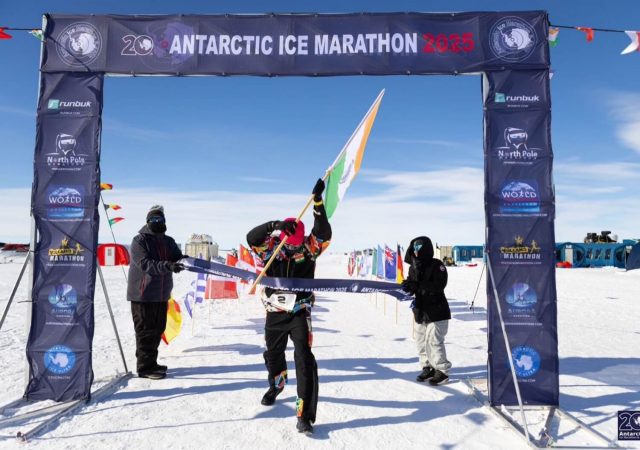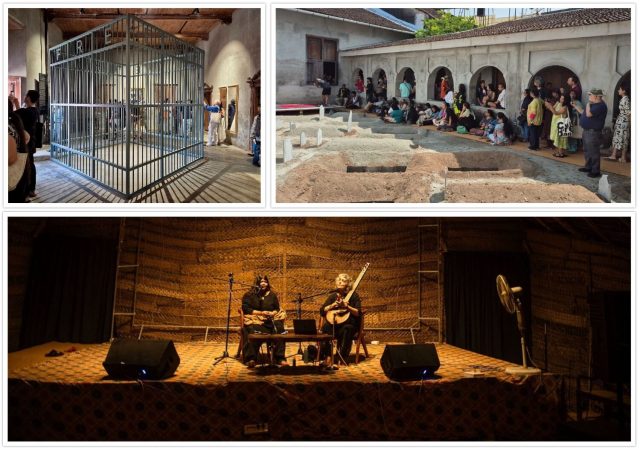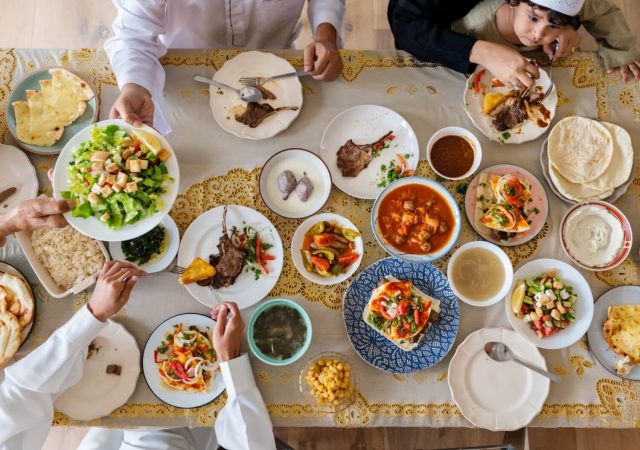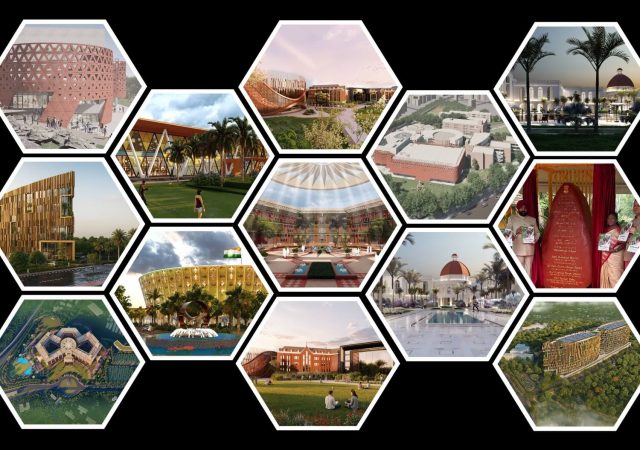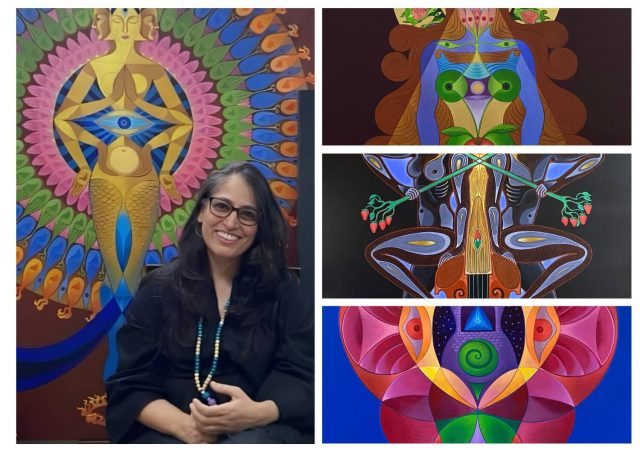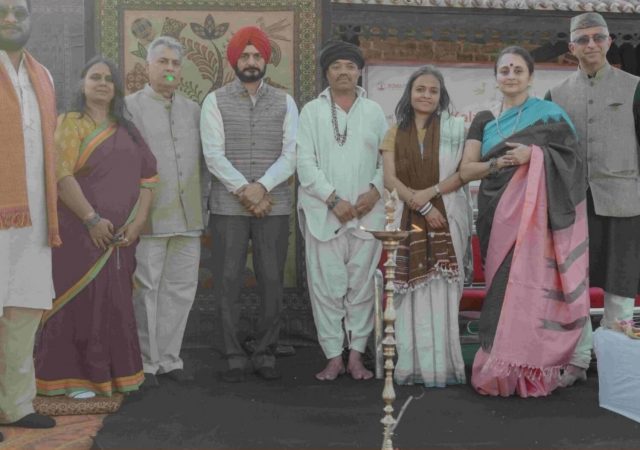BY: Runki Goswami
Corporate Leader, Singer, Music Composer, Music Curator, Dreamer and a Traveler at Heart, Runki Goswami decodes the healing power of music. Do you know that music is a natural healer? Modern science permits music as a therapy to treat chronic and terminal diseases painlessly.
Music – what is it? Music is an organized combination of sound and silent moments that leaves us relaxed and rejuvenated. We are in harmony with the way music interacts with us. What would life be without it – appallingly icy and hushed! Moreover, music is not about any physical existence, unlike a painting or a sculpture. It is about sound waves hitting our eardrums in a way to make us dance, laugh or cry. There has to be something about the impact of these sound waves that billions are spent annually in making music.
If I have to define music, it would be the net output obtained after mixing right proportions of melody, harmony, rhythm and cultural aspects, without which the heartfelt connect would be amiss. If music is a global language, why is cultural sensitivity important? The cultural sensitivity of a habitation decides the type and style of music created and used. Music is a clear reflection of the sum totality of human behavior. It is a part of a man’s ethnicity, customs and social legacy. Folk music, particularly, provides a stimulating knowledge of history, literature, and culture of a country evident in its lyrics and composition style. For instance, there would be specific compositions for a birth of a child, marriage or even funeral.
Music, more so Indian Classical, is imperative to my life and I have my parents to thank for that. So, why is Indian Classical so important to me and why am I writing all this? It is believed that music can have both healing and therapeutic effects, and it is 100 percent true. Music in India was highly enhanced when Europe was still struggling to understand acoustics. Music was born in the Indian subcontinent with the advent of the Vedas – Samavedas to be specific. A creation so divine had to have more than a mere feel-good factor. History has it that many sects in India chanted mantras in a typical way to alleviate certain physical ailments. Haridas Swami – Tansen’s guru, apparently helped recuperate one of Akbar’s queens with a particular raga. The musical trinity of India, Saint Thyagaraja, Syama Sastri and Muthuswami Dikshitar, brought a dead person back to life, cured stomach aches of many and used music to pray for good health of mankind in general. It was done through certain ragas in Indian classical, all of which are formed with handpicked notes to work on certain neurons of the human body. These ragas are curated to belong to a particular time slot in a day and work best when heard or sung then. There is much more to it than just this. The elements in parent ragas control more than 100 nerves in the body and their ascending (aaroh) and descending (avroh) notes govern moods and mobility, which play an important role in the therapeutic prowess of our own music.
Dr. Aggarwal, practicing neurologist of a well-known hospital in Delhi, expressed a deep desire to use Indian Classical in music therapy to cure psychiatric and other diseases in the hospital. White chatting with me, he cited anecdotes of his experience at one of the medical institutes in the USA where music plays an integral part of any treatment. It was fascinating to hear that Indian Classical was being used to treat oncology. Other non-terminal diseases are, by default, treated with music along with other regular medications. It is indeed sad that we do not realise the power of our music in our own country. The American Music Therapy Association says, “Music therapy is often used to aid improvement in multiple areas of brain function deficit and to improve quality of life, as well as facilitating physical healing. Music therapy uses multiple approaches to focus on different problems. For instance, rhythmic auditory stimulation is thought to aid movement, musical improvisation is thought to help emotional expression, while singing, oral motor and respiratory exercises are thought to assist speech. Even simply listening to music is thought to be a potential tool in the control of pain, which is notoriously problematic to treat in some cases.”
Below is a list of ragas that help cure ailments mentioned alongside. Please note – I have only picked ragas which are widely known and sung by people all over. There are many other ragas from the same parent and tertiary families which can be used to treat a host of other ailments – all of which I will talk about later.
For Hypertension
Raga Bageshri, Malkauns, Todi, Pooriya, Ahir Bhairav and Jaijayanti. Raga Malkauns is specifically used to treat low blood pressure. Raga Todi and Ahir Bhairav are miracle pills for high BP patients, and as a medication, can be heard any time in the day.
Mind: Anxiety, Stress and Intellectual Excellence
Raga Kaafi and Darbaari for mental strength and relieving stress, Raga Shiva Ranjani for intellectual excellence, Raga Khamaj particularly for hysteria and Raga Sahana for control over anger and inner violence. Raga Darbari helps with relieving stress if heard late night and Raga Bhimpalasi if heard at noon.
Overall Stomach, Acidity, Constipation, Intestinal Gas and Fever due to Stomach Infections
Raga Pooriya Dhanasri and Deepak for acidity, Raga Jaunpuri and Gunkali for constipation, Malkauns for intestinal gas and fever. Basant Bahar cures gall stones. Raga Pooriya is also known to cure colitis and anemia if heard in the evening.
Heart Problems
The Sarang family ragas, Kalyani and Charukesi, work amazingly well for heart blockages and other heart diseases.
Headaches
Raga Asavari, and Poorvi are like drugs to get rid of headaches. Raga Todi is necessarily for headaches due to seasonal colds, while Raga Asavari also holds good for psychological disorders. Raga Bhairavi helps cure headaches due to sinusitis.
Insomnia
Raga Bageshri cures insomnia if heard at night and Raga Kaafi and Khamaj also help a lot.
Diabetes
Raga Bageshri and Raga Jaijayanti for diabetes whether you are borderline or on insulin.
Oncology
Raga Bhairavi and Raga Lalit are played particularly during chemotherapy sessions. Patients taking music therapy are believed to recuperate much faster than those only on chemical drugs.
Asthma
Raga Malhar, Mian ki Malhar and Darbari Kanada are known for their healing properties for chronic asthma.
Blood Purification and Skin Issues
Raga Hindol and Marwa not only purify blood and help maintain the best of skin possible, but also cure high fevers caused due to malaria and dengue.
Hormonal Problems and PCODs
Slow songs at lower to medium octaves, as in bhajans, help in relaxation. They lead to favorable hormonal changes and cure PCODs.
Other than the ragas mentioned above, there have been several instances where Raga Bhupali has helped wake up people from coma, Shiv Shambhu bhajans have helped cure back pain and slip disc, Ganpati bhajans have evoked confidence and dispelled fear, Krishna bhajans have been used to treat depression and stress, Raga Hamsadhwani has helped to regenerate cells and bring back energy after a health break-down, Raga Kaafi has been used to treat depression, Shiv Ranjani for sun stroke, Basant for paralysis and Neelambari (Carnatic) for kidney concerns. What more, music therapy is also used on deaf patients. The vibrations of music – its rhythm, is good enough to treat the hearing impaired.
Leaving you with a tip: Try listening to Raga Bhairavi when having a toothache, it does wonders. Also try playing this raga to TB patients, you will see the magic.
This information is for general use and all of us can use it in our regular lives for healing. However, a formulated method is observed when used as a therapy. Just like any other medicine, music therapy has its dosage and duration to be followed, which a certified therapist can help you with. Do write in to me at [email protected] to know more about music therapy and ways of using the same. Music is a part of me and I would love to share any knowledge around it at any given point of time.


